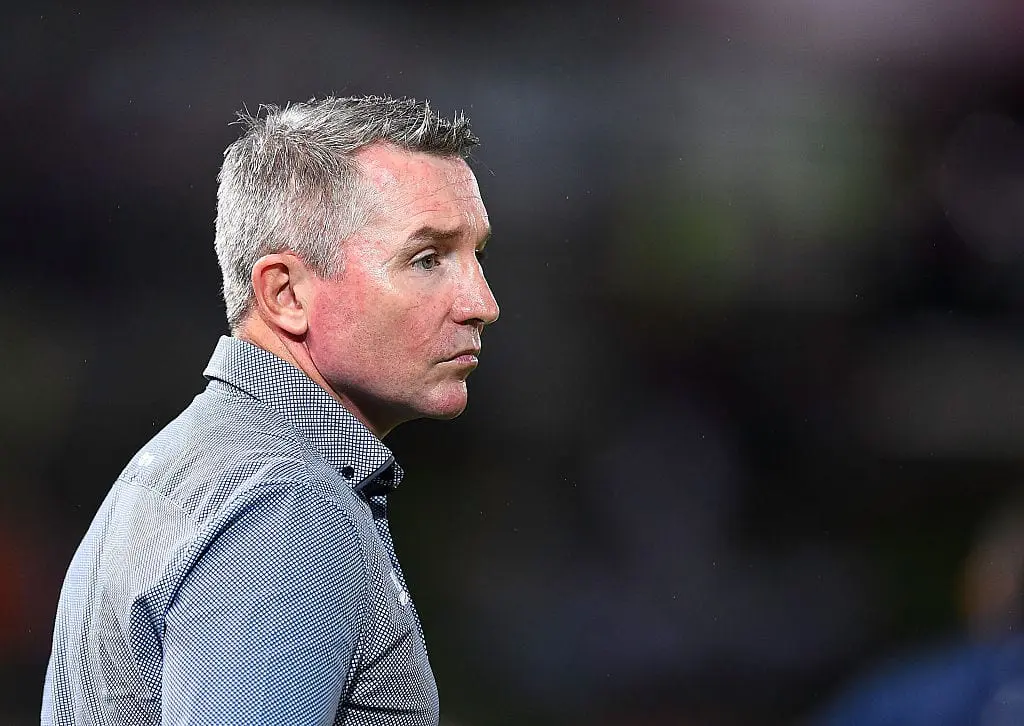
LeagueNews.co | Jess Malloy
Eliesa Katoa's serious injury against the Kiwis last weekend has underscored the urgent need for rugby league to explore new strategies to minimize head injuries and enhance player safety.
Rugby league is renowned as one of the most physically demanding sports globally, characterized by frequent head impacts and high-energy collisions that define the game.
This physicality is part of what captivates fans, drawing them to stadiums and keeping them engaged on TV. However, the very toughness that fans admire also comes with significant risks that can no longer be overlooked.
The NRL deserves acknowledgment for the initiatives it has implemented thus far. The introduction of the HIA (Head Injury Assessment) rule marks a significant step forward for player safety, and the league is actively seeking further measures to protect the long-term health of athletes who sacrifice their bodies and minds week after week.
Former players such as Wally Lewis, Mark Carroll, and Ian Roberts have candidly discussed their struggles with symptoms related to Chronic Traumatic Encephalopathy (CTE).
The cases of Steve Mortimer, Mario Fenech, and the late Paul Green illustrate the devastating effects that repeated head trauma can have on both the mental and physical health of players. With the growing awareness of these dangers, increasing numbers of parents are questioning the safety of rugby league for their children.
